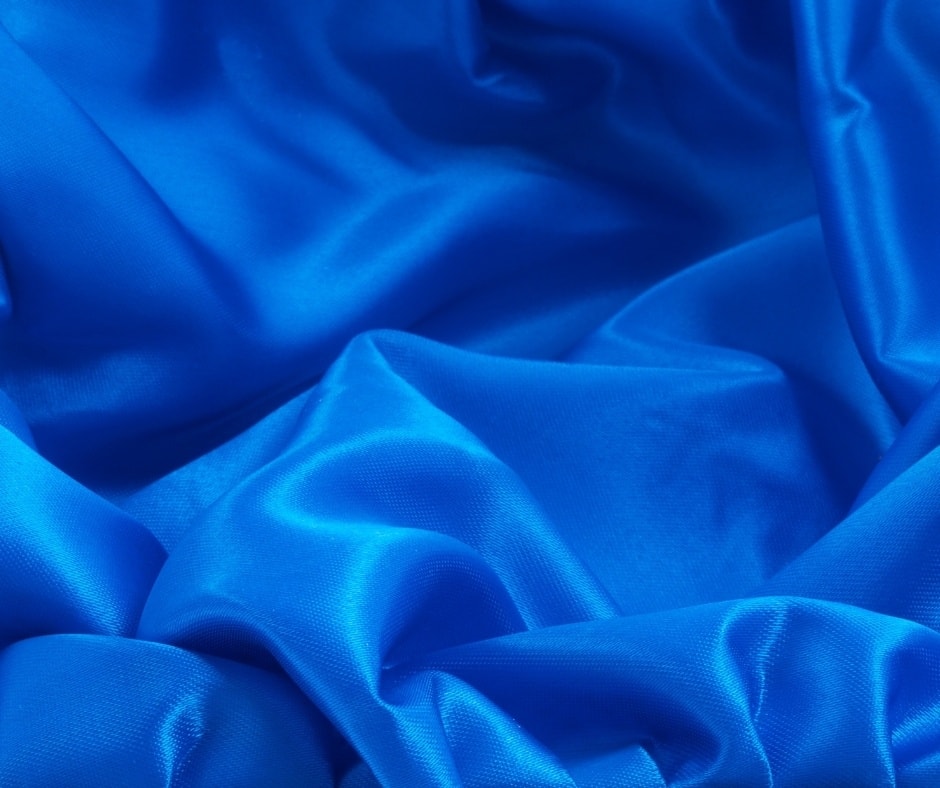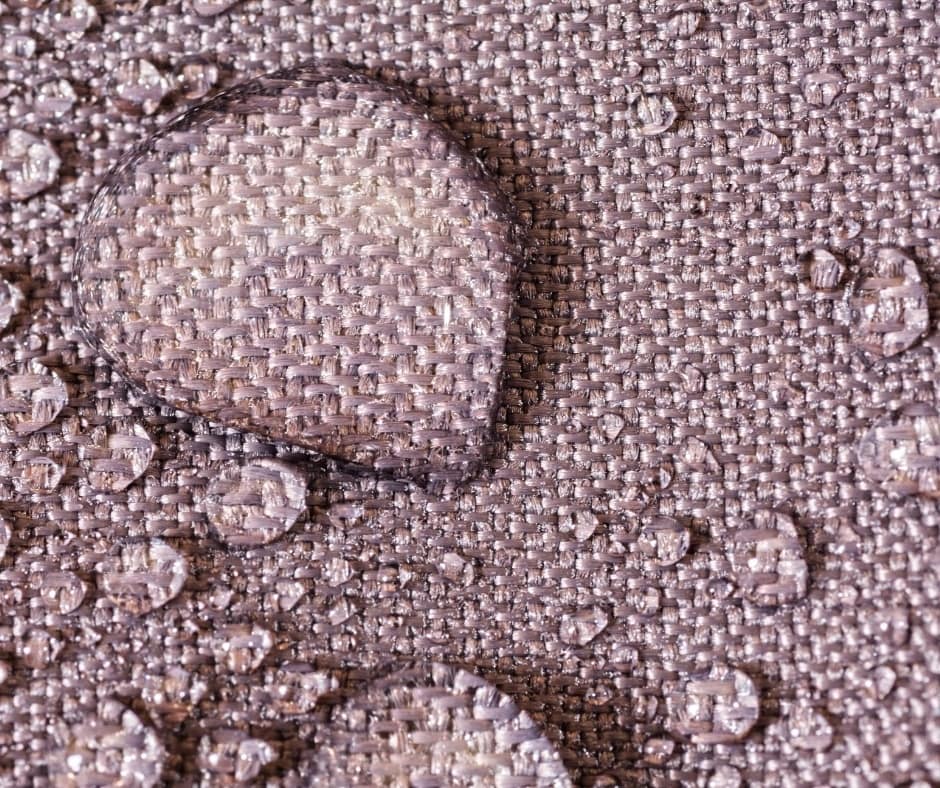If you’re shopping for synthetic fabrics, you might have heard of olefin. It’s spun from plastic and is sometimes known as polypropylene, which is used in outdoor carpeting and some kinds of thermal underwear.
It’s also sometimes used in furniture, and perhaps you’re wondering what kind of qualities it has and what its best uses are. This might be especially true if you’re looking to make an online furniture purchase.
We put together this guide to give you a better idea of what olefin is and what you can expect if you purchase it off the Internet. That way, when the delivery driver drops it at your door, it won’t be like going on a blind date.
In This Article We'll Discuss
What is Olefin Fabric?

Olefin fabric is made by melting a plastic called polypropylene and then passed through equipment called a “spinneret,” which sort of resembles a showerhead. The long fibers are then spun together to form a kind of synthetic yarn. The yarn is woven into a fabric.
It was invented by Giulio Natta, an Italian chemist, in 1957. Natta and his partner, Karl Zeiger, won the Nobel prize a few years later for additional work they did with olefin.
For much of that time, its use in the consumer market was primarily for outdoor carpeting. It’s also used in outdoor clothing, where it is popular for its quick-drying quality called wicking. Wicking happens when a fabric absorbs water and spreads it over a large surface area so that it evaporates quickly.
As a synthetic fiber, it also has an advantage when used in clothing in that it retains its heat-trapping qualities even while damp. Of course, that’s not as useful if you’re just looking for something to sit on outside.
It doesn’t absorb water, but rather spreads it around. It dries quickly, which is why it’s often used in outdoor carpet. It’s also largely mold-proof, so when made into furniture, it is often purchased for use outdoors or in basements that are prone to wetness and high humidity.
Adding color to olefin takes place when the polypropylene is melted rather than at the end. That means it fades a lot more slowly than other fabrics, even if you leave it in direct sunlight for prolonged time periods. It’s also resistant to stains. It’s also lightweight.
Among olefin’s downsides are that it is less resistant than other synthetics to soiling, and it isn’t as durable. It can also crease easily when folded.
Is Olefin Fabric Safe?
There is no reason for serious concerns if you purchase something made from olefin. If safety is important to you, there are a couple of things worth keeping in mind, of course.
The biggest cause for concern for synthetic fabrics is something called off-gassing.
When you bring furniture made from olefin into your home, it’s a good idea to let it sit in a well-ventilated space for a short period of time. New synthetic fibers can give off potentially toxic fumes, especially as they acclimate to room temperature conditions.
Olefin is itself a pretty stable fiber and unlikely to give off noticeable amounts of gas, however. In fact, automakers started using it for car interiors after discovering that it is safer than what they were using.
There are a couple of reasons for concern, however.
Compared to other synthetic fibers, olefin isn’t as durable. If it gets a lot of use, it won’t bounce back as quickly as, say, polyester. So while it is a resilient fabric, if it gets a lot of use it can wear out quickly.
Fabrics are inherently a little more dangerous when they are worn out because they are more prone to tears and holes. This is especially the case if you are using an outdoor carpet made from olefin. Watch out for trip hazards.
It also has a comparatively lower resistance to heat. It won’t burst into flames if you leave it in the hot sun or anything, but high heat will cause olefin to break down more quickly.
Is Olefin Fabric Waterproof?

Some olefin is waterproof, especially if treated with a laminate. If your olefin furniture cushion gets something spilled on it, it’s easy to clean up with just the swipe of a rag.
That’s not why it’s a popular choice for carpet and furniture for wet, damp locations, however.
Olefin doesn’t absorb water, but rather allows it to spread across a wide space. So, it winds up being very shallow with a large surface area. It dries quickly, which is why it works great for carpets and furniture that often gets wet.
Olefin fabric that isn’t treated with a waterproofing laminate is considered water-resistant because of that.
What does Olefin Fabric Feel Like?
When touched, olefin has a smooth, almost waxy feel to it. While it isn’t the most durable synthetic fabric, it is resilient. It maintains color for a long time, is resistant to stains, and will retain that smooth feel for a long time.
Conclusion
That’s a quick introduction to olefin, aka polypropylene, and what to expect if your order something from the Internet. Of course, if you purchase furniture in person, you might also want to know what to expect when you get to the store.
As a furniture fabric, olefin has a lot going for it. That’s especially the case if you need furniture for a space that regularly gets wet. It’s also stain-resistant and the colors don’t fade easily.
If you found this guide of value or have an experience with olefin you want to share, we’d encourage you to leave a comment below. We love to hear from our readers. You’re also invited to share this article on your social media networks.

